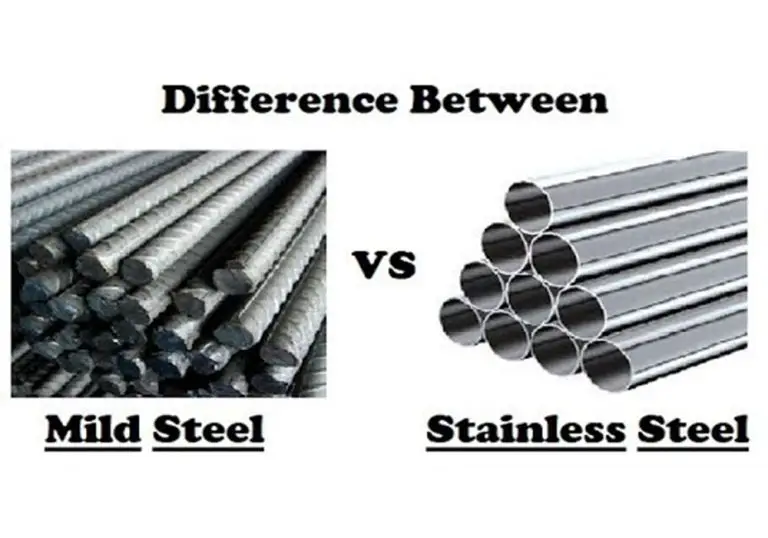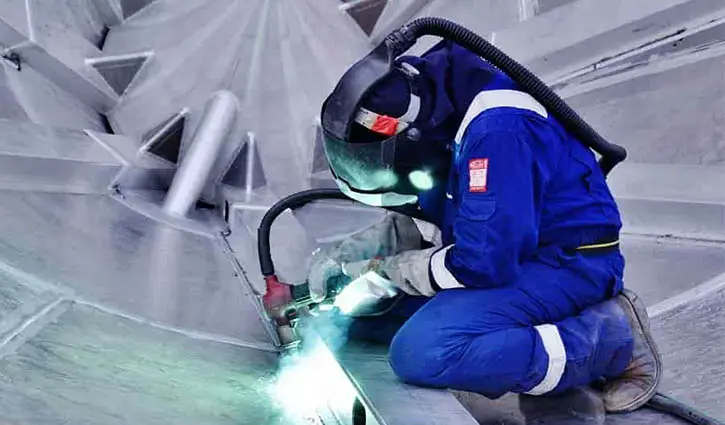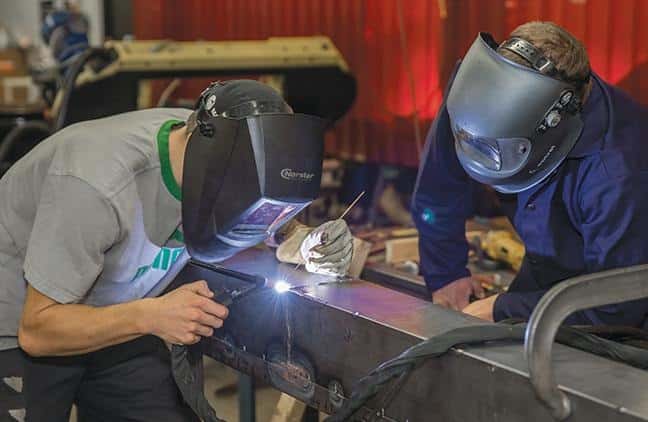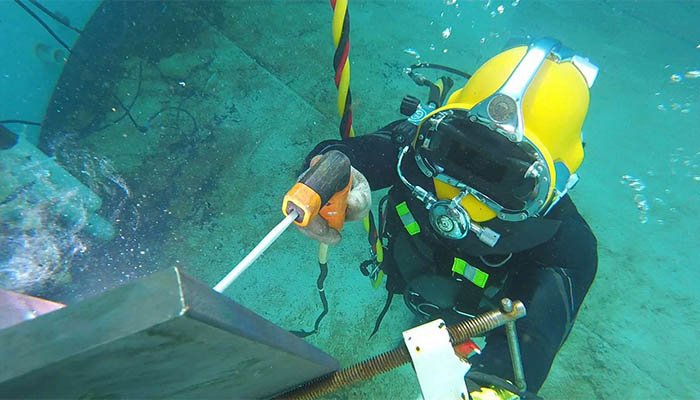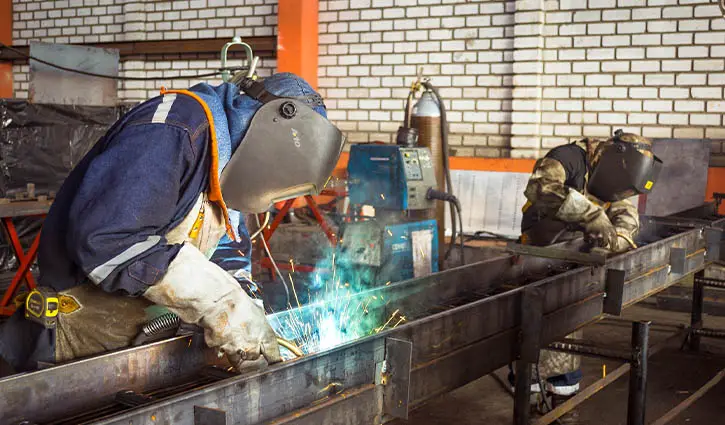What Are The Best Steel For Welding? (Explained)
Stainless steel is the most popular and reliable metal because of its toughness and corrosion resistance ability. However, choosing this attractive metal may bring some unique challenges. Thus, it is essential to use the best steel for welding to prevent those frustrating situations.
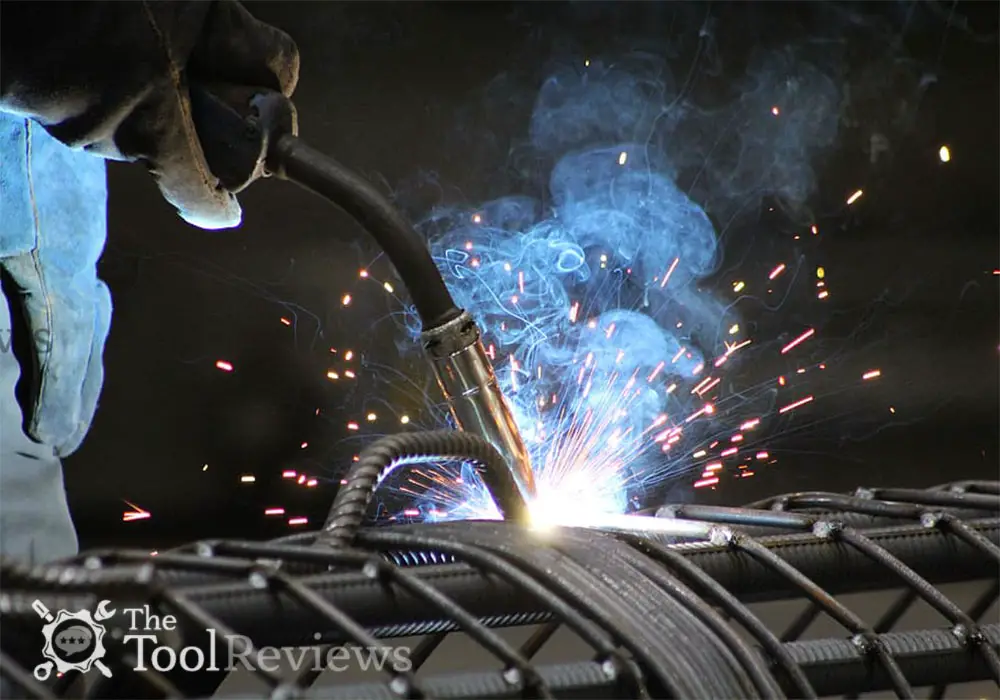
Despite the strength and ease of use, stainless steel features adaptability which can make it harder to weld. To ensure beautiful, long-lasting, and shining, one should know about different types of stainless steel. In this article, we have discussed various types of stainless steel as well as their advantages and some relevant information. So read the article and ensure you are picking the best metals for welding for your certain project.
Table of Contents
Best Steel for Welding
Stainless steel is an iron-based alloy that is strong and resistant to several types of gaseous, liquid, and chemical corrosion. Thanks to its different amounts of chromium that make it rust-proof. Besides, the popularity of stainless steel is growing rapidly since it can withstand extreme hot and cold temperatures. Thus, it’s a well-accepted material in the pipe and oil industry, even being expensive.
The ability to prevent bacteria growth makes it a safe choice for medical equipment companies, restaurants, craft breweries, and for transporting corrosive chemicals. There are various types of steel out there that are best for specific purposes. For example, carbon steel is the best steel for welding tables, which is strong and durable. Moreover, it is the best steel for welding bench as well. Despite this, we will discuss other types of stainless steel and their specifications in the following section.
Types of Stainless Steel
The types of stainless steel can be defined in various ways, including their worked and heated way and chemical compositions used in them.
Austenitic Stainless Steel
Application
This steel is mostly used in manufacturing and machining.
Characteristics
This type of steel doesn’t need preheating and is available at most shops. Some unique features are:
● High oxidation resistance
● High corrosion resistance
● Good strength and toughness
What to Lookout For
It can withstand a maximum temperature of 800°F. Besides, it’s a low melting material that is prone to cracking. The weld may suffer corrosion.
Filler Metal
This stainless steel is used with the same title as the base metal.
Martensitic Stainless Steel
Application
This stainless steel is Hardfacing and extremely Water-resistant
Specifications
It requires preheating and slow cooling once welded. Besides, Martensitic stainless steel gets strength through heat.
What to Lookout For
This steel has the least interface temperature of 400 to 600 °F. Plus, it tends to get brittle and hard while cooling.
Ferritic Stainless Steel
Application
This steel metal is most commonly used in customer products like automotive parts.
Characteristics
The thickness of Ferritic stainless steel is under 0.25 inches. Besides, it had to preheat only with high levels of carbon.
What to Lookout For
The highest interpass temperature of this Ferritic stainless steel is 300 °F. The strength decreases as the temperature rises.
Duplex Stainless Steel
Application
Duplex stainless steel is used for high-performance applications such as aerospace and process industries.
Characteristics
A combination of ferrite microstructures and austenite makes it sturdier and more corrosion-resistant, especially compared to ferrite stainless steel.
What to Lookout For
It comes with a low interpass temperature and high heat input that maintains its balance.
Precipitation Hardening Stainless Steel
Application
This stainless steel is also suitable for the same purpose as Duplex stainless steel.
Characteristics
When combined with austenitic and martensitic stainless steel, it increases strength while decreasing the cost of niobium.
What to Lookout For
It needs to apply some heat and cold processes to make the Precipitation hardening stainless steel hard.
Is steel good for welding?
Steel, especially mild steel, is perfect for welding and metal fabrication. Besides Low carbon mild steel is a versatile and weldable metal that maintains industry standards. Overall, below are some key benefits of stainless steel:
Read More: Can Stainless Steel Be Welded To Mild Steel? (Solved)
Ease of fabrication
Stainless steel is extremely easy to cut, weld, bend, and made to desired specifications.
Durable and resistant
It’s a tough material that is difficult to nick and scratch. Besides, steel is corrosion resistant and doesn’t sacrifice effectiveness in wet environments. With high chromium and nickel-alloyed grades, stainless steel is amazingly resistant to heat and fire.
Long-lasting
Whether you use it for construction or other applications, stainless steel is a proven durable material. Most importantly, stainless steel is extremely easy to maintain.
Recyclable
Whether you are a manufacturer or a consumer, you should be aware of using nature-friendly materials. The key benefit of stainless steel is that it is 100 percent recyclable and doesn’t harm the planet.
Read More: Alternative To Welding Metal
Frequently asked questions
Among a variety of metals, steel is the easiest to weld. Moreover, carbon steel is the cheapest metal available on the market. Some of the most popular and effective steel weldings are MIG welding; stick welding, and tig welding.
Austenitic stainless steels like 304 and 316 stainless are great for MIG and TIG welding.
Mild steel is easier to use and cheaper than other welding materials. Besides, most of the mild steel includes trace amounts of carbon, making it good for welding.
Final words
Choosing the right stainless steel is a tricky task since one needs to consider if it will be welded properly or not. Different types of stainless steel react differently while welding. So the key consideration for choosing the best steel for welding is the chromium and carbon ratio. If your project is related to lots of welding, choose stainless steel that includes high chromium to carbon ratio.
Read More: Is Welding A Good Career Option?

